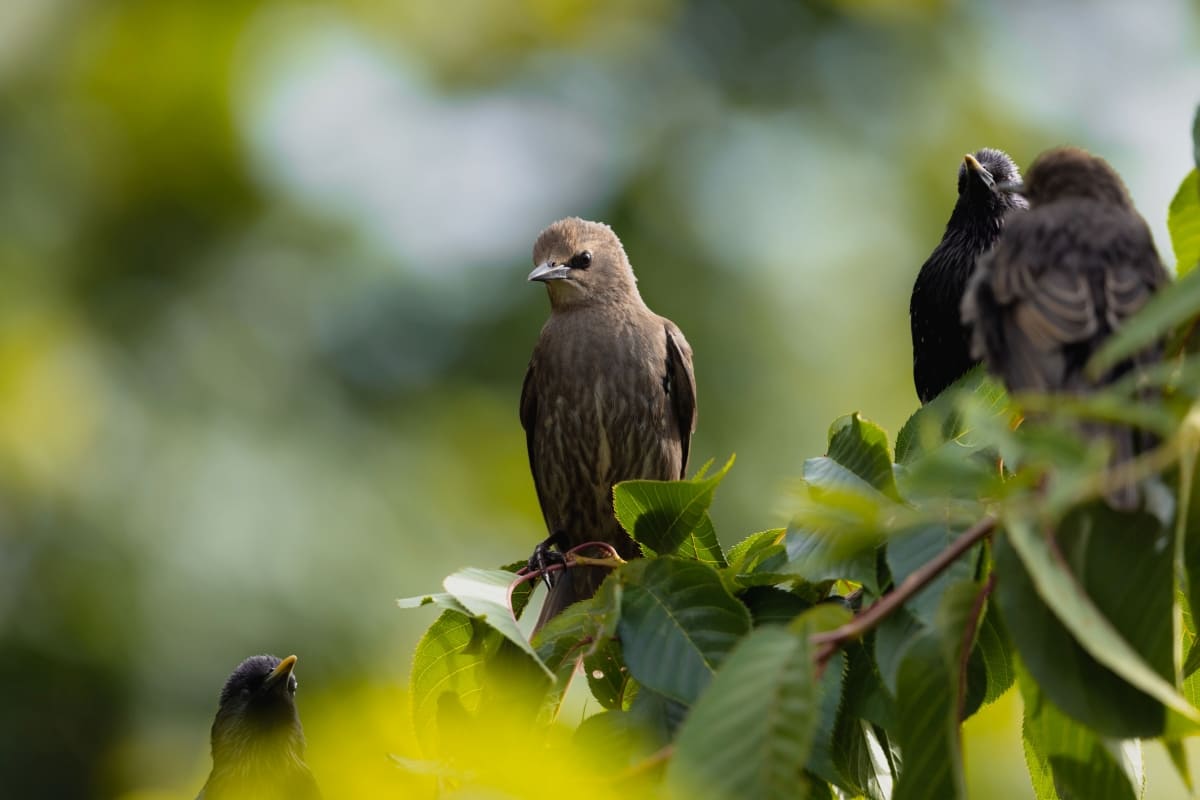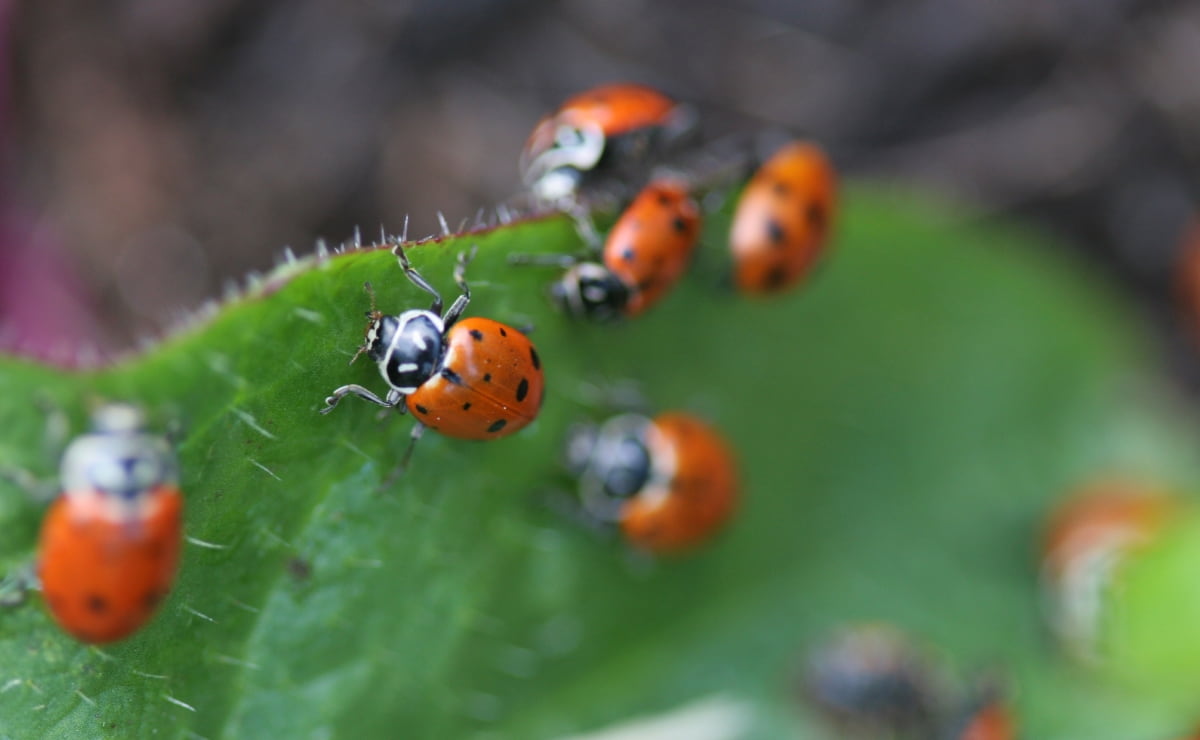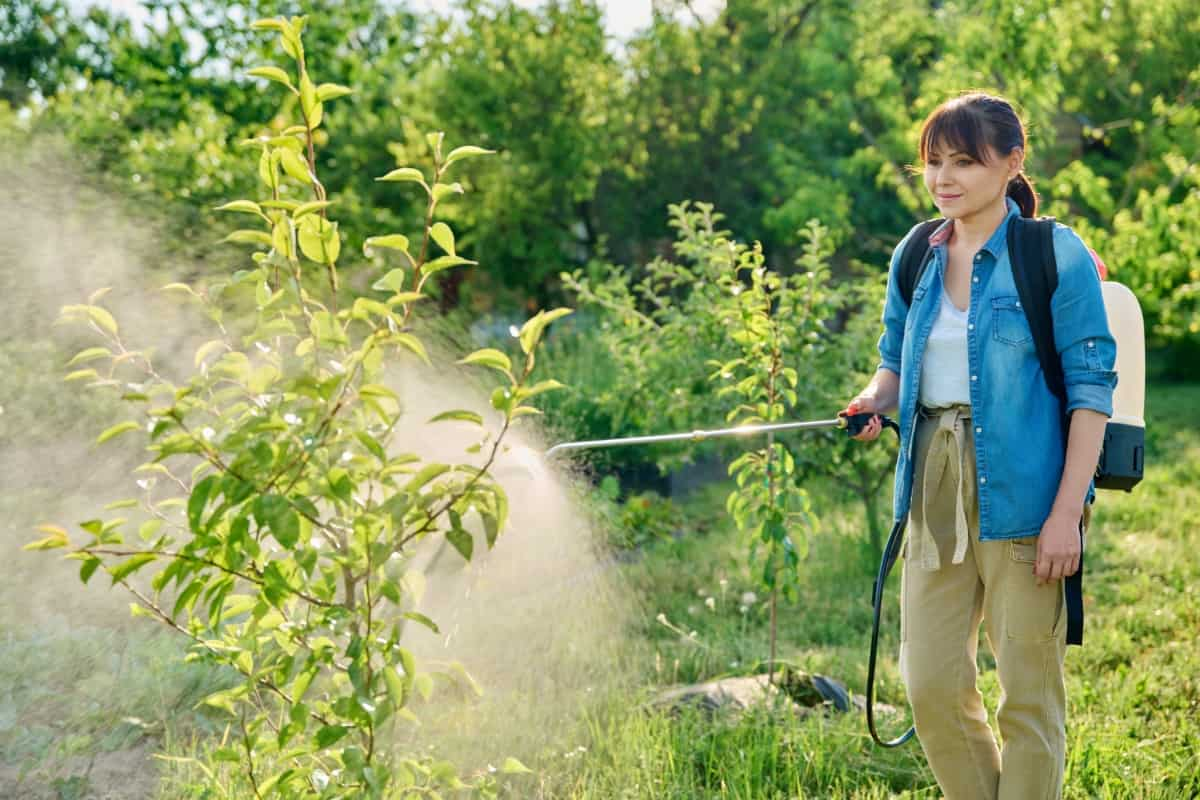When it comes to managing fireworms in your garden, our comprehensive guide reveals perfect methods for successful control. Obtain a variety of customized remedies, ranging from chemical pesticides to organic methods. Acquire the ability to recognize fireworms, avert infestations, and effortlessly repair damage. Acquire knowledge of natural remedies, beneficial insects, do-it-yourself traps, and integrated pest management.
How to Get Rid of Fireworms in Gardens
Introduction to Fireworms
Fireworms are a type of bristle worm that can cause serious damage to garden plants. Their bright colors and stinging bristles can harm both plants and humans. Fireworms are not the same as the fireworms that live in marine environments, which belong to a different group of animals.
Fireworms Life cycle
Fireworms, also known as cranberry fruitworms or soybean podworms, are part of the Lepidoptera order and have four life stages: egg, larva, pupa, and adult. The adult fireworm is a yellow-bronze moth with yellow wings and a wingspan of about an inch. The female moth lays eggs on plant leaves, which hatch in a week. The larva, a segmented worm with reddish-brown bristles and venom, causes the most damage to plants.
It feeds on plant tissues, particularly fruits, buds, and stems, and spins webs around its feeding site, reducing crop quality and yield. The larva feeds for three weeks before pupating into a brown cocoon attached to plant debris or soil. The pupa stage lasts for two weeks before the adult moth emerges. The adult moth lives for about a week and mates soon after emergence. The female moth lays up to 300 eggs in her lifetime.
The Impact of Fireworms on Gardens
Fireworms can significantly damage garden crops, particularly soybeans and cranberries. They can cause premature shriveling of soybeans’ pods and seeds, transmit diseases like bacterial blight, and cause cranberry withering. They also damage buds, flowers, and fruits, making cranberries less marketable. Fireworms can also affect other plants like beans, peas, strawberries, blueberries, raspberries, blackberries, grapes, roses, and ornamentals. Therefore, it is crucial to be aware of fireworms’ potential impact on garden crops.
Identifying Fireworm Presence
- Clusters of yellow-bronze eggs on the upper surface of plant leaves
- Larvae with reddish-brown color and black spots along their body
- Bristles that can sting humans or animals
- Webs around feeding sites
- Irregular holes or gnaw marks on plant parts
- Wilting or discoloration of plant tissues
- Reduced growth or yield of crops
Natural Predators of Fireworms
- Birds: Birds such as robins, sparrows, starlings, bluebirds, and woodpeckers can feed on fireworm eggs, larvae, pupae, and adults.
- Predatory beetles: Beetles such as ladybugs, ground beetles, rove beetles, soldier beetles, and checkered beetles can prey on fireworm eggs and larvae.
- Parasitic wasps: Wasps such as Trichogramma spp., Bracon spp., Chelonus spp., Apanteles spp., and Meteorus spp. can parasitize fireworm eggs and larvae.
- Predatory bugs: Assassin bugs, damsel bugs, big-eyed bugs, minute pirate bugs, lacewings, and predatory mites can feed on fireworm eggs and larvae.

Cultural Control Methods
Proper watering: Avoid overwatering or under-watering plants, as this can stress them and make them more susceptible to fireworm damage. Water plants early in the morning or late in the evening to reduce evaporation and humidity.
Garden sanitation: Remove weeds, dead plants, fallen fruits, and other debris from the garden, as these can provide shelter and food for fireworms. Burn or bury the infested plant material to prevent the spread of fireworms.
Crop rotation: Rotate crops with different families or species, as this can disrupt the life cycle of fireworms and reduce their population. For example, rotate soybeans with corn, wheat, or alfalfa and rotate cranberries with grasses, clovers, or legumes.
Resistant varieties: Choose varieties of plants that are resistant or tolerant to fireworm damage. For example, some soybean varieties have thicker pods that can resist fireworm feeding, and some cranberry varieties have higher levels of phenolic compounds that can deter fireworms.
Physical and Mechanical Control
Physical and mechanical control methods are techniques that involve physical barriers or devices to prevent or reduce fireworm infestation.
- Handpicking: Wearing gloves to avoid stings, handpick and remove fireworms from the plants. This method is effective for small infestations or isolated plants.
- Trapping: Use traps to lure and capture fireworms. For example, use yellow sticky traps to attract and trap adult moths, or use baited traps with wet, decaying organic matter to attract and trap larvae.
- Netting: Cover plants with fine mesh netting to exclude fireworms from accessing them. Make sure the netting is secured at the base of the plants and has no gaps or holes.
- Flooding: Flood the garden with water for a few days to drown fireworms. This method is suitable for cranberry bogs or other areas that can tolerate flooding.
Biological Control Options
- Beneficial insects: Introduce or encourage beneficial insects that can prey on or parasitize fireworms. For example, release Trichogramma wasps to parasitize fireworm eggs, or release ladybugs to feed on fireworm larvae.
- Bacillus thuringiensis (Bt): Bt is a bacterium that produces a toxin that kills fireworms and other caterpillars. Apply Bt as a spray or dust on the plants when fireworms are young and actively feeding.
- Nematodes: Nematodes are microscopic worms that can infect and kill fireworms. When fireworms are in the soil or pupal stage, apply nematodes as a spray or drench on the soil around the plants.
In case you missed it: Management of Norfolk Island Pine Pests and Diseases

Chemical Control Strategies
- Insecticides: Use insecticides labeled for fireworm control on the crops you are growing. Choose insecticides that are low toxicity to humans, animals, and beneficial insects.
- Insect growth regulators (IGRs): Use IGRs that interfere with fireworms’ development and reproduction. For example, use diflubenzuron or methoxyfenozide to prevent fireworm larvae from molting or pupating.
In case you missed it: Management of Cricket Insects: Controlling Cricket Pests in the Garden

Organic Solutions to Fireworms
Neem oil: Neem oil is an insecticidal and repellent extract from the neem tree. Spray it on the plants when fireworms are young and actively feeding. Follow the label instructions for dosage and timing.
Pyrethrum: Pyrethrum is an extract from chrysanthemum flowers that has insecticidal properties. Spray pyrethrum on the plants when fireworms are present. Follow the label instructions for dosage and timing.
Diatomaceous earth (DE): DE is a powder made from fossilized algae that has abrasive and desiccant properties. Sprinkle DE on the soil around the plants or dust it on the plants when fireworms are present. Reapply after rain or irrigation.
In case you missed it: How to Get Rid of Lawn Worms with Natural Methods: Beginners Guide

Preventive Measures for Future Outbreaks
- Regular garden monitoring.
- Using pheromone traps or light traps to detect adult moths.
- Using sweep nets or beating trays to sample larvae.
The economic threshold for fireworm control is determined by the level of infestation causing more damage than the cost of control. This threshold serves as a guide to decide when to apply control measures.
Conclusion
A combination of chemical pesticides, proactive garden maintenance, and organic techniques can be utilized to eradicate fireworms from a garden. By employing appropriate identification, prevention, and control strategies, one can ensure that their garden remains vibrant and free from pests throughout the entire season.
- Beneficial Insects in Pest Management
- Natural Solutions for Pest Control in Flower Gardens
- Types of Fungicides Used in Agriculture
- Common Issues in the Fruit Development Stage of Pomegranate Farming
- Fruit Development Issues in Papaya: Easy Solutions and Treatment
- Soil-Borne Diseases and How to Protect Your Plants
- Practices to Prevent Disease Spread in the Garden
- From Wilted to Thriving: How to Treat Root Rot Naturally in Houseplants
- Natural Remedies to Cure Brown Spots on Fig Tree Leaves